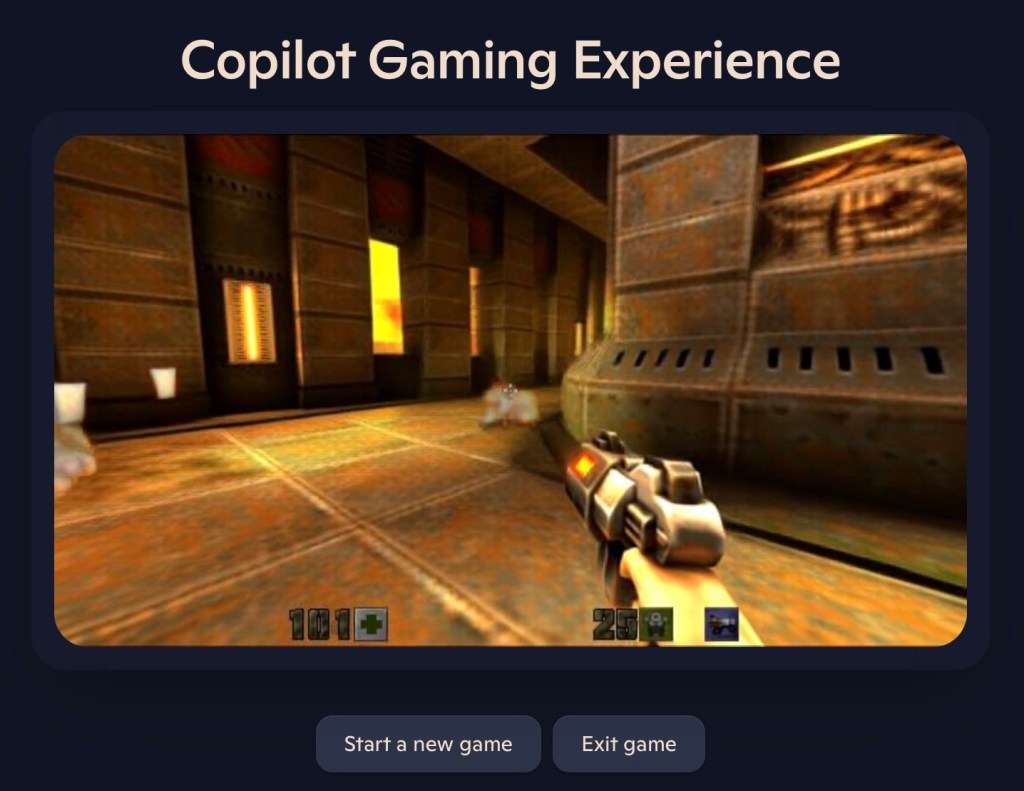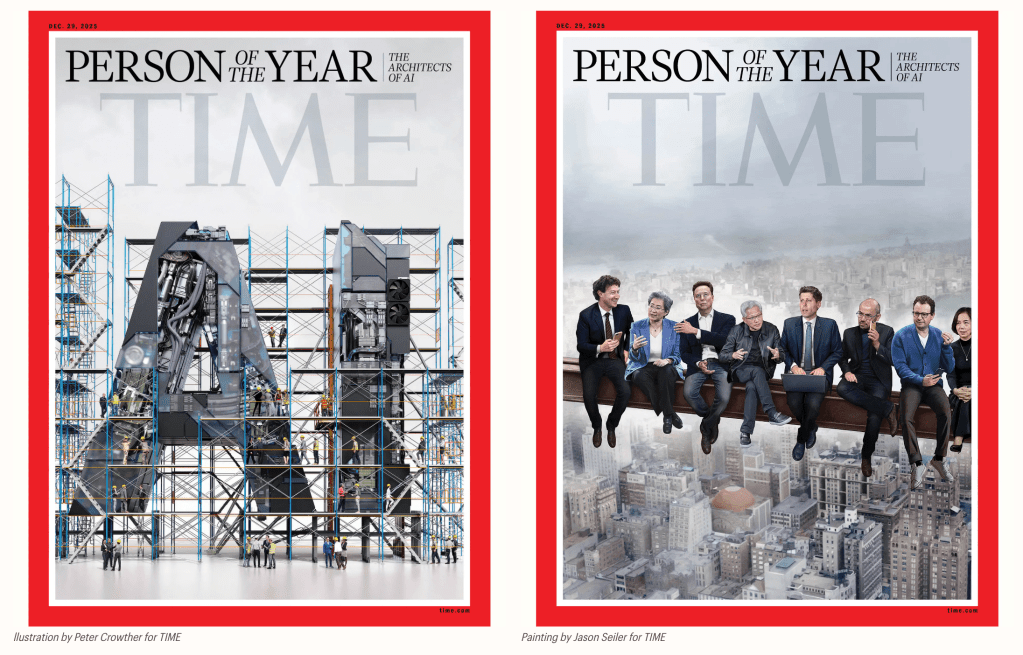Microsoft has recently unveiled an innovative demonstration of its generative AI capabilities by releasing a browser-based, AI-generated level of the classic video game Quake II. This initiative serves as a technological showcase for Microsoft’s Copilot AI platform, highlighting the potential of artificial intelligence in game development.
The demo allows users to navigate a single level of Quake II using keyboard controls, offering a brief experience before a time limit concludes the session. This project is part of Microsoft’s broader exploration into AI’s role in gaming, particularly through its Muse family of AI models designed to generate interactive game environments.
In a detailed blog post, Microsoft researchers explained that the Muse models enable users to interact with the AI through keyboard or controller inputs, observing immediate effects of their actions within the generated game world. To create this specific demo, the team trained their model on a Quake II level, leveraging assets acquired through Microsoft’s purchase of ZeniMax.
The researchers expressed initial excitement upon realizing they could engage with the AI-generated world in real-time, performing actions such as moving, jumping, crouching, shooting, and interacting with in-game objects like explosive barrels, mirroring the original game’s mechanics.
However, Microsoft emphasizes that this demo is a research exploration rather than a fully polished gaming experience. The company acknowledges several limitations and shortcomings in the current iteration:
– Visual Fidelity: Enemies and certain objects appear blurry or indistinct, affecting the overall visual clarity.
– Gameplay Mechanics: The demo exhibits inaccuracies in tracking player health and damage, leading to potential inconsistencies during gameplay.
– Object Permanence: The AI model struggles with maintaining the state of objects that are out of the player’s view for more than 0.9 seconds. This limitation can result in objects disappearing or reappearing unexpectedly, creating unconventional gameplay scenarios.
These challenges highlight the complexities involved in developing AI-generated game environments that are both interactive and consistent. While the demo showcases significant advancements in AI’s ability to generate and render game scenes in real-time, it also underscores the current technological hurdles that need to be addressed.
The gaming community has responded with a mix of intrigue and skepticism. Writer and game designer Austin Walker shared a gameplay video illustrating his experience, which involved being trapped in a dark room within the demo. This experience led him to critique the approach, suggesting that it reveals a fundamental misunderstanding of game mechanics and the importance of the original code, design, and art in creating engaging gameplay experiences.
Microsoft’s initiative aligns with a broader industry trend of integrating AI into game development processes. The company has previously introduced AI tools capable of creating video game scenes that traditionally required human programming and animation. For instance, Microsoft’s Muse model was developed using data from Xbox gamers and their controllers, aiming to streamline the game development process and reduce associated costs.
Despite the promising potential of AI in gaming, there are concerns within the industry. Some developers worry that reliance on AI-generated content could compromise game quality and lead to job displacement. Additionally, players express apprehension that AI-driven games might lack the depth and creativity inherent in human-designed experiences.
In conclusion, Microsoft’s AI-generated Quake II demo represents a significant step forward in exploring the capabilities of artificial intelligence in game development. While the demo provides a fascinating glimpse into the future of AI-generated gaming experiences, it also highlights the current limitations and challenges that need to be addressed. As technology continues to evolve, it will be crucial for developers to balance innovation with the preservation of the creative elements that define engaging and immersive games.



